‘Trip Hop’ – Oh how I groaned when I first heard the phrase, coined by journalist Andy Pemberton in an article for Mixmag in 1994. So obvious, cheesy and naff, yet subsequently so full of promise…
‘Trip Hop’ (general definition) – How I lament what the name came to represent: downtempo, ‘blunted’ beat workouts with no direction, the same clichéd phrases copped from golden era Hip Hop tracks repeated throughout ad infinitum. The relentless thud of the snare on the 2 and 4 of the bar, a ‘jazzy’ horn sample looped endlessly, and I’m well aware that a high proportion of 90’s Food and Ninja output can fall into this category too.“Cos nobody luuuuuuvs me”. It’s true.
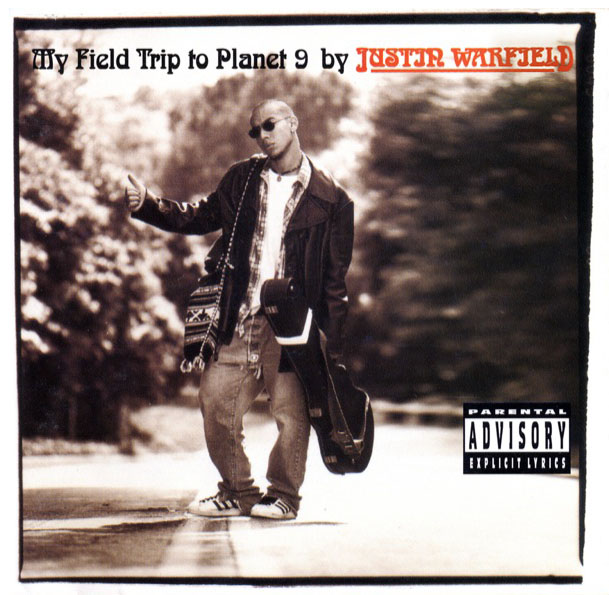 ‘Trip Hop’ (my definition) – Essentially psychedelic beat collages, usually instrumental, embracing samples, analogue electronics and dub FX. Largely dispensing with the ego of the vocalist in favour of spoken word, incorporating found sounds, fuzz and the most banging drums ever recorded. Questing, otherworldly and intent of taking the listener (user?) on a trip of the most lysergic kind, ‘B-Boys on Acid’ as Justin Warfield sang on the lead single from his lost classic ‘My Field Trip To Planet 9’. An amazing mess of styles, soundscapes and head trips fall into this category when I think of artists who – for me at least – occasionally qualify to be found under this description: *
‘Trip Hop’ (my definition) – Essentially psychedelic beat collages, usually instrumental, embracing samples, analogue electronics and dub FX. Largely dispensing with the ego of the vocalist in favour of spoken word, incorporating found sounds, fuzz and the most banging drums ever recorded. Questing, otherworldly and intent of taking the listener (user?) on a trip of the most lysergic kind, ‘B-Boys on Acid’ as Justin Warfield sang on the lead single from his lost classic ‘My Field Trip To Planet 9’. An amazing mess of styles, soundscapes and head trips fall into this category when I think of artists who – for me at least – occasionally qualify to be found under this description: *
The Orb circa ‘Ultraworld’ / Major Force West / The Art of Noise / Pre-‘Psyence Fiction’ UNKLE / Skylab / Tackhead / Wagon Christ / Brendan Lynch’s remixes / The Headphonauts / DJ Shadow / Req One / Depth Charge / Bill Laswell’s late 90’s Axiom period / The Underdog / Skull / The Wordsound label / DJ Spooky / Prefuse 73 / Meat Beat Manifesto / elements of FSOL /The Amorphous Androgynous / Eno & Byrne’s ‘My Life In The Bush of Ghosts’ (a Trip Hop blueprint if ever there was one) / Richard H. Kirk / Sixtoo / Boards of Canada / David Holmes/The Free Association / Andy Votel / Koushik / (Mr) Chop / The Heliocentrics / Gaslamp Killer / Giallos Flame / The Simonsound / Mordy Laye & The Group Modular…
and Hip Hop that manages to turn on and tune in:
Rammellzee & K-Rob’s ‘Beat Bop’ / The Beastie Boys (the original B-Boys on Acid) / Jungle Brothers circa ‘Crazy Wisdom Masters’ / Justin Warfield / Invisible Skratch Piklz / Divine Styler’s ‘Spiral Walls…’ LP / New Kingdom / MC 900 Ft Jesus / Prince Paul’s ‘Psychoanalysis’ LP / Edan / Quasimoto / 2econd Class Citizen / Subtle / Busdriver / Antipop Consortium / Ras G… the list is endless
* by no means definitive and plenty of the above names fall into several other categories as well.
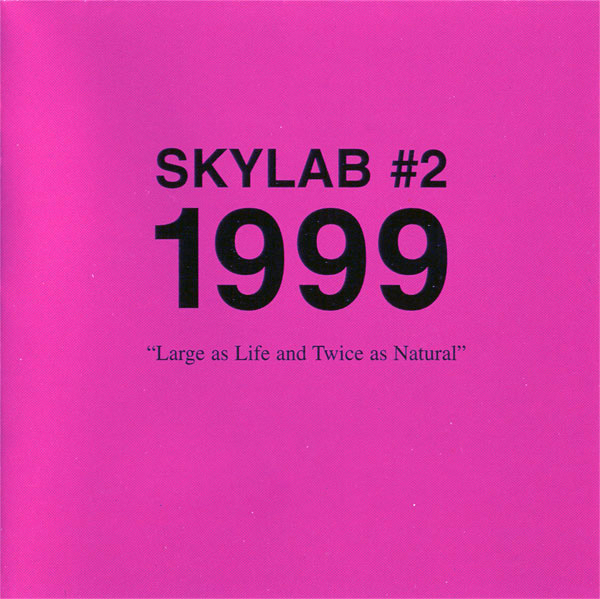 This train of thought started back in late 2009 when I emailed fellow like-mind MarkE of ireallylovemusic about Skylab’s unfairly ignored second album – ‘Skylab #2 1999’. He’d burned me a CDR of his rare promo CD, which is noticeably different to the released version, and we got into a lengthy discussion on the merits, and public misconceptions, of ‘Trip Hop’ by our definitions.
This train of thought started back in late 2009 when I emailed fellow like-mind MarkE of ireallylovemusic about Skylab’s unfairly ignored second album – ‘Skylab #2 1999’. He’d burned me a CDR of his rare promo CD, which is noticeably different to the released version, and we got into a lengthy discussion on the merits, and public misconceptions, of ‘Trip Hop’ by our definitions.
By coincidence, both Skylab‘s albums are being reissued by Tummy Touch this month and Matt Ducasse from the group echoed our sentiments in the press release. “One of the problems was that we were lumped in with trip hop when [our music’s] much more expansive than that. I see it as outside of genre entirely. It has much more in common with collage music like things by Tod Dockstader, or soundtracks, the entire creative process was unique and inimitable”
With the group originally consisting of Matt, Howie B and Toshi & Kudo from Major Force West, Skylab’s debut album, ‘#1’ was released in 1994, in the midst of Trip Hop’s heyday with Mo Wax basking in its glow and Ninja waiting in the wings for their moment to shine. Howie and Major Force already had associations with Mo Wax so fitting them into the same bracket was a no-brainer but being signed to Sven Vath‘s Eye Q label set them apart.
By the time of the second album, five years later, Howie had moved on, producing U2 of all people and carving out his own solo career. Matt, Toshi & Kudo came up with a patchwork of sounds and styles which had also moved on sonically from #1 but didn’t have quite the cohesiveness of the debut. In between LPs were numerous non-album singles, remixes and Major Force’s work with Howie‘s Pussyfoot label and James Lavelle‘s UNKLE project (pre DJ Shadow) plus their solo album for Mo Wax (another lost classic). Sadly ‘#2 (1999 – Large as Life and Twice as Natural)’ arrived just as the Eye Q label folded so never got the push of its predecessor, despite encouraging reviews. Make your own mind up with these two lost classics now available again.
Skylab were always hard to pin down style-wise, the main constant being the sonic fingerprints of the Major Force West production duo who doused tracks in Roland Space Echo, live drums and Hawaiian guitar licks. The label ‘Trip Hop’ was actually perfect for them but, unfortunately, a lot of the music around under that banner at the time didn’t reflect the description as perfectly as the band in my opinion. Labels are tedious but ultimately necessary in this over-saturated, media-heavy world but, as Coldcut‘s Jon More always says, “I don’t mind being labelled as long as you let me have as many labels as I want”.
It’s a given that most artists – once labelled as making a certain kind of art – will be unhappy about it, especially when someone outside of their creative circle has come up with the name and neatly attached it to them. ‘Jazz’ musicians famously hated the word, the terms ‘Intelligent Drum n Bass’ and IDM were seen as a joke. I remember Simon Reynolds naming Hauntology and feeling deflated that suddenly there were parameters on this sound that had up until then remained loose and unrestricted by definition.
Interviewers often ask me to define the kind of music I make and ‘Magpie Music’ probably describes it best – the name of a track I collaborated on with 2econd Class Citizen back in 2011. Snatches of sound stolen to form a nest of samples, woven together in a recycled sonic collage. Taking the best parts from here, there and everywhere has been my modus operandi for as long as I can remember, an aesthetic learnt from Afrika Bambaataa‘s DJ sets and Double Dee & Steinski‘s ‘Lessons‘ megamixes. This is the bedrock of Hip Hop’s golden era, from a time when the sample replaced the drum machine or the house band replaying the sample in the first place. By extension it also formed the foundations of Trip Hop.
The thing is, I like Trip Hop, but the Hallucinogenic-Sci-Fi-Kosmische-Illecktrik-Beat-soundtrack kind rather than what it became that made it so reviled by the end of the 90’s. For as long as I can remember I’ve wanted to make a form of psychedelic space music infused with the sampling techniques of Hip Hop. I’ve never been interested in using MCs but I’ll gladly use poets, singers or spoken word samples to voice any message I want to convey. I use the term ‘psychedelic’ in its broadest sense too: the expansion of Sun Ra, Herbie Hancock’s Mwandishi band and Miles in his electric phase or the polyrhythmic grooves of Steve Reich and Terry Riley. Psychic Warriors Ov Gaia’s tribal trance-outs or Krautrock’s motorik explorations rather than just the sixties rock movement of the same name, a lot of which doesn’t quite measure up to the term once the needle hits the groove.
The tag ‘Trip Hop’ held so much promise but along the way the drugs got switched, weed replaced LSD and the destination of the trip changed course. Rather than enhancing the senses and tempo it dulled and slowed them. You could argue that it’s been back with us for years now, clothed in a new skin as the various strands of the LA Low End Theory Beat scene meet the wonky Madlib / Dilla / Fly Lo crowd. Given that this is one of the last scenes to grow naturally, over a number of years and locations, and not fall prey to the press’ ‘define-name-move on’ approach, it’s largely managed to escape a neat definition and no one wanted to attach the poisoned ‘Trip Hop” label to it. The writer, Laurent Fintoni, has been researching a book on the history that led up to this movement for years now which should see publication next year.
Nestled in the lexicon of lingo that came with the first packet of Ninja Skinz back in 1996, Mr Sho’nuff added this entry: ‘Triphoptimism – Used to be a bad word, feeling of euphoria experienced by those in the Here and Now; state of mind obtained by ninjas able to see beyond categorisation”. I’d like the name to fulfill it’s initial promise and transcend the hackneyed old description and baggage it comes with. Plenty of artists today are making exactly this sort of music, luckily unfettered by the need to label it or fit into a scene, let’s hope it stays that way before the definition police round them up into a neat category again.
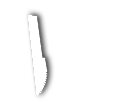
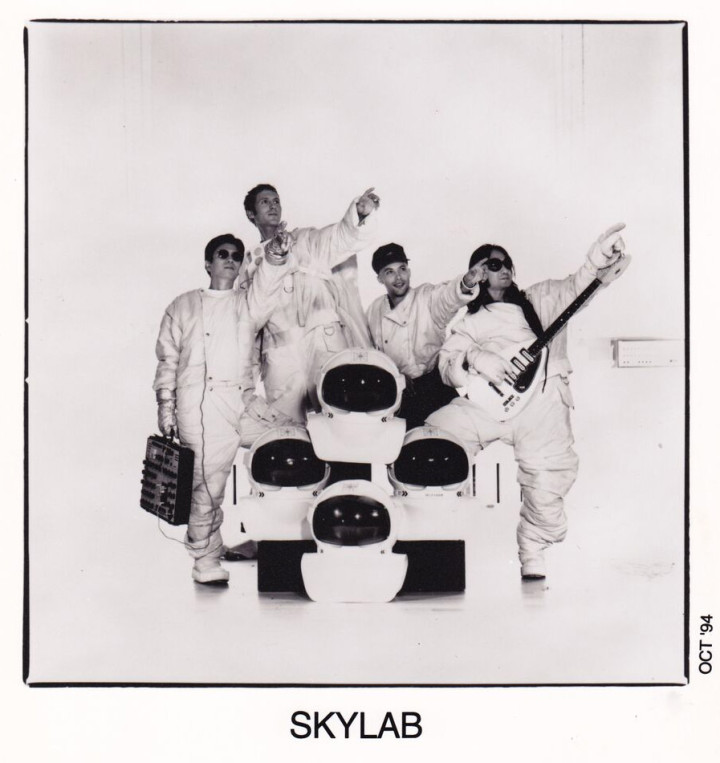
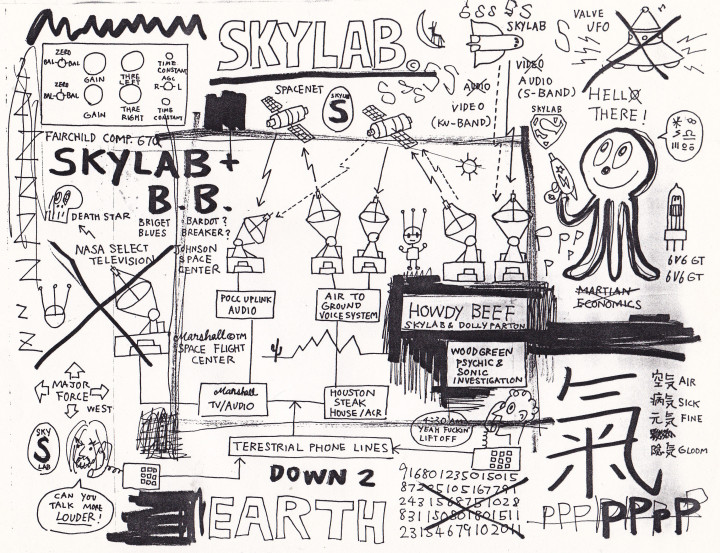
Thanks very much,interesting article.
I like making a trip hop music,using
some samples from them: https://www.lucidsamples.com
“Essentially psychedelic beat collages, usually instrumental, embracing samples, analogue electronics and dub FX. Largely dispensing with the ego of the vocalist in favour of spoken word, incorporating found sounds, fuzz and the most banging drums ever recorded.”
YES, Kev!
If this is the definition we’re working with, I am absolutely 100% ALL about “Trip-Hop” – it’s what I’ve always wanted to hear and what I always endeavour to make. The “Nodal Points”/”At Random” 10″ that Major Force Toshi & Kenji Jammer did on Apeman is one of my favourite examples of it. “At Random” samples the same Grand Funk tune Shadow used on “Hardcore (Instrumental) Hip-Hop” and slaps all kind of beautiful analogue oddments all over it whilst Kenji riffs on the original guitar parts which then gets Space Echo’d out into layers of sonic beauty. It all fragments into a delicious glob of analogue stew two thirds of the way threw before bringing the mainly loop back in with extra relish on the noodling and really delicate guitar over the top. It’s an absolutely perfect track, for my money, and one which I’ve always seen as a kind of blueprint for exactly what I wished “Trip-Hop” would end up being one day.
Every time I see it on Discogs for 99p I’m tempted to buy all the copies up to pass out to friends who somehow don’t have or even know about it. My first vinyl appearance may have been miscredited as “P. Gladelle” and the record may have gone out claiming to have been “produced by Bronx Dogs” when nothing could be further from the truth, but it was on the same label as that incredible record and appears on the compilation immediately after it – how can I be mad about that?
Excellent piece as always, mate. Made my day, in fact & it’s not even noon.
Just ordered that Interloper album!
Looked at it on discogs and listened to the YouTube sample which had a great drum track.
That’s the beauty of collecting music, there’s always something you’ve never heard….
That Broadway Project album is amazing isn’t it? Anyone else familiar with an album by Interloper called ‘Six Dragons’? Jon Ryman, co-produced by Ian Tregoning, very good indeed
http://www.amazon.co.uk/Six-Dragons-Interloper/dp/B00008SK36
Great article Kev.
Fortunately I love this type of music, whatever they want to call it. Nostalgia has a part to play in this as this period was when I was in my 20s but I genuinely think that it’s great music that I frequently revisit. The truly innovative works from that period still stand up nowadays, Endtroducing by Shadow, Compassion by The Broadway Project to name but two. Sample based music is often labeled as lazy, which some of the later “trip hop” stuff was, but the classics are just as complex and well produced as “normal” music.
Andy
It was a peculiar movement, and like Jungle one that quickly got sucked into the world of advertising music, would-be-hip-cache remixes for mainstream artists [I lost track of the number of shit CD singles I bought because they had one good track on that was generally a remix by a cool trip-hopper or junglist] and cheap filler compilations.
Suddenly it was wallpaper music: was it the first time cheaper technology and the ease of producing this sort of loop-based thing had made a form of music so commercially rinsed-out so quickly, do you think?
Or did the music remained pretty much the same [non-linear tracks more concerned with texture than structure] but the sheer amount of it about made it harder to feel anything for it any more? I know there was a point around 98 where I didn’t want to hear any more fuzz bass or sampled jazz breaks ever again.
What would be your 90s trip-hop top ten? Mine would probably be pretty mainstream, but I’d put ‘A Recipe For Disaster” in there – nicely varied and cleanly-produced album, that. No over-reliance on crackle or excessive reverb.
Lovely bit of writing Kev, thanks for that. In a strange piece of synchronicity Simon Reynolds retro-branded Req who you mention as “hauntological hip-hop” yesterday in this piece:
http://energyflashbysimonreynolds.blogspot.co.uk/2015/06/hauntological-hip-hop.html
Cheers,
Jim.